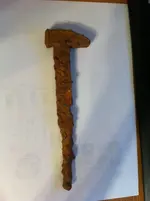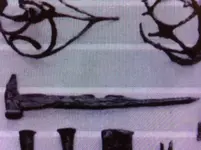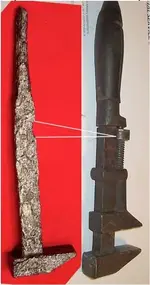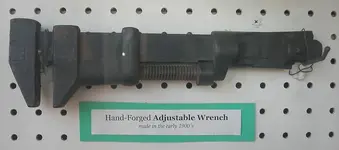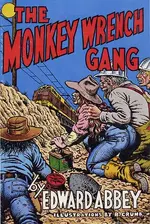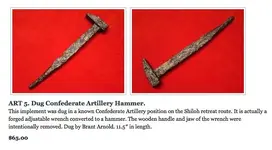Lowryevans
Jr. Member
- Joined
- Jan 17, 2013
- Messages
- 88
- Reaction score
- 94
- Golden Thread
- 0
- Primary Interest:
- All Treasure Hunting
I found this iron relic, that looks like a small hammer with what appears to be a notch cut out of the handle part of it. I found it in an area that dates back to the Colonial Era. I've searched the Internet, and the only one I've found that looks like it is one that was dug from Jamestown VA., site of the 1st Engish Settlement in America. I guess my question is:
What type of tool is it, and how old is it?
If anyone can give me any help, I would appreciate it.
What type of tool is it, and how old is it?
If anyone can give me any help, I would appreciate it.



